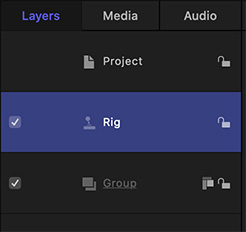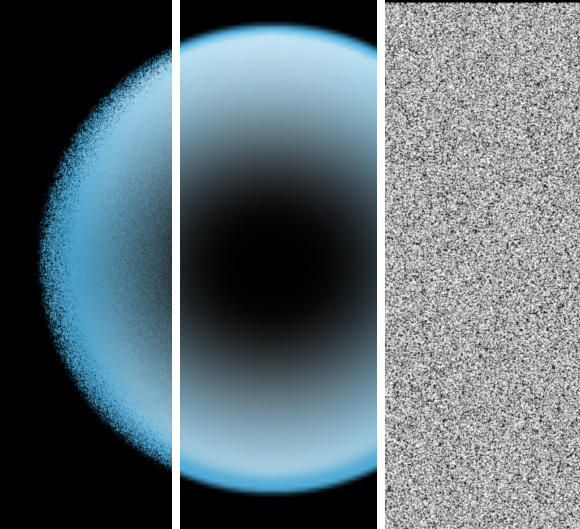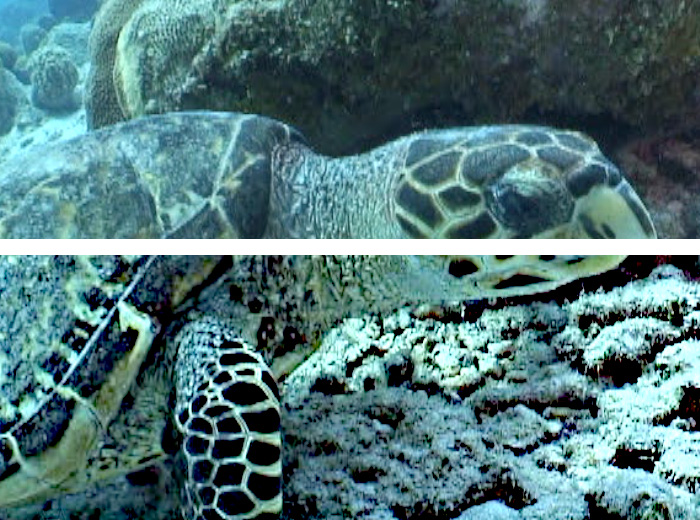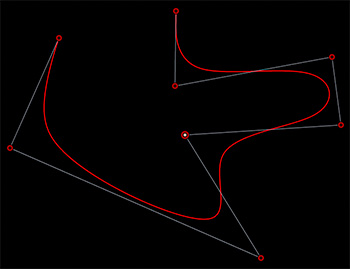… for Codecs & Media
Tip #456: Uncompressed Audio File Sizes
Larry Jordan – LarryJordan.com
Audio file sizes increase with bit-depth and sample rate.


This article first appeared in Sweetwater.com. This is a summary.
Here’s a guide to determine how much disk space is required for uncompressed audio recording at various resolutions (sizes are rounded):
| Bit Rate | 1 Minute of Mono | 1 Minute of Stereo |
|---|---|---|
| 16 bit / 44.1 kHz | 5 MB | 10 MB |
| 16-bit / 48 kHz | 5.5 MB | 11 MB |
| 24-bit / 44.1 kHz | 7.5 MB | 15 MB |
| 24-bit / 48 kHz | 8.2 MB | 16.4 |
| 16-bit / 88.2 kHz | 10 MB | 20 MB |
| 16-bit / 96 kHz | 11 MB | 22 MB |
| 24-bit / 88.2 kHz | 15 MB | 30 MB |
| 24-bit / 96 kHz | 16.4 MB | 32.8 MB |
| 16-bit / 176.4 kHz | 20 MB | 40 MB |
| 16-bit / 192 kHz | 22 MB | 44 MB |
| 24-bit / 176.4 kHz | 30 MB | 60 MB |
| 24-bit / 192 kHz | 32.8 MB | 65.6 MB |






